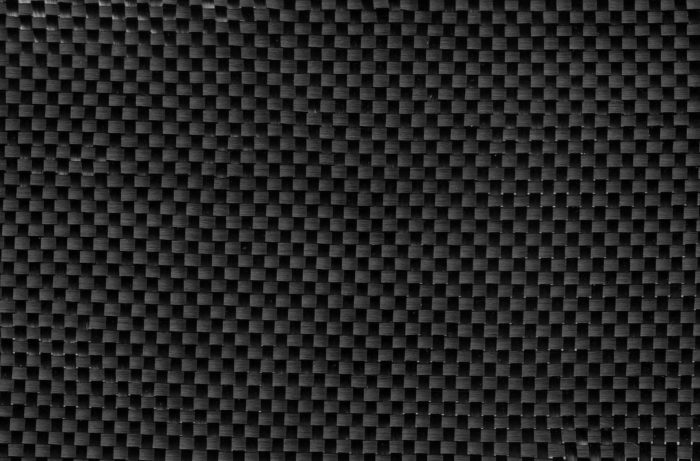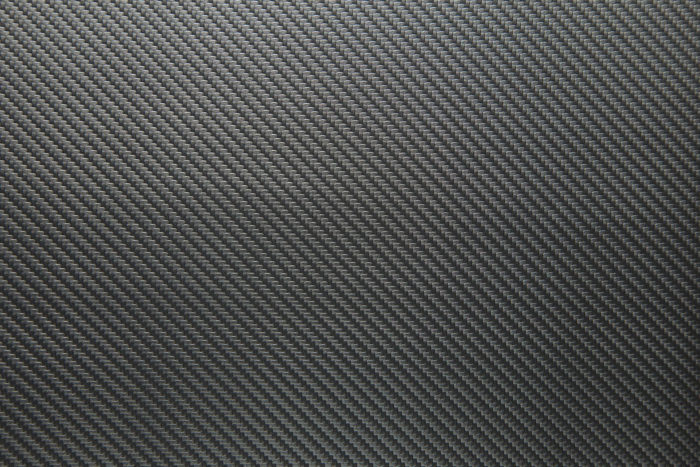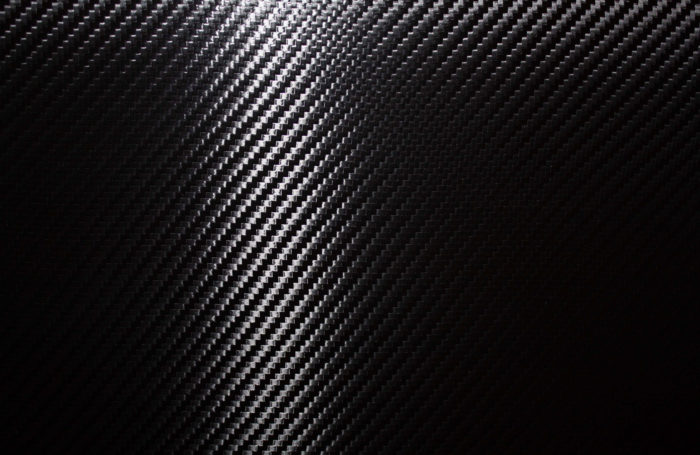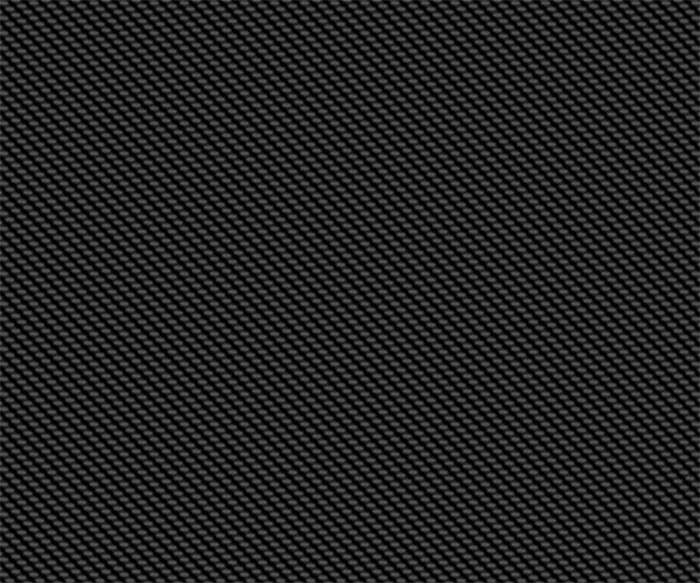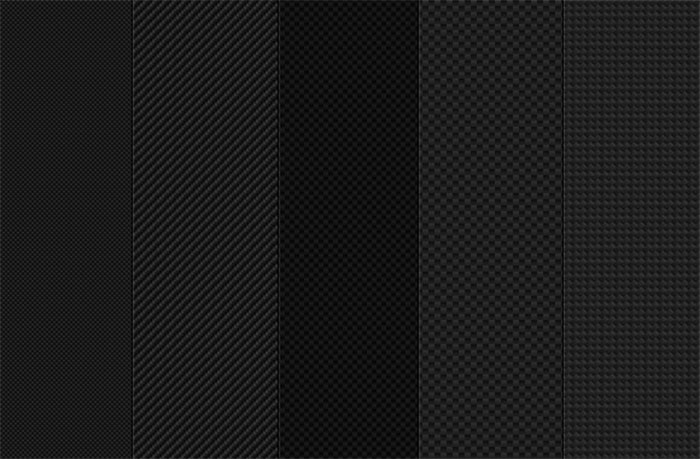You should bookmark this article for when you need a carbon fiber plate from different textures.
But what is carbon fiber?
Just like you may have thought, carbon fiber is, actually, fiber made of carbon. However, these fibers are nothing more than a base.
What you’ll commonly see referred to as carbon fiber is actually a material that consists of extremely thin filaments of carbon atoms.
When heat-bonded together with a plastic polymer resin, or by pressure, or in a vacuum, you get a very strong, and very lightweight material.
Examples of carbon fiber textures (click the pic to arrive at the page)
Black Carbon Texture
PSD Carbon TextureGraphic Carbon Texture
Tiled Carbon Texture
Other Carbon Fiber Textures
The material
Like a rattan chair, a beaver dam, or cloth, you’ll find that carbon fiber’s strength comes from the weave. You get a more durable composite when you use a more complex weave. Imagine a wire screen, that’s interwoven with another one, but at an angle, and another one at an angle that’s a bit different, and so on. Each wire in each screen is made of carbon fiber strands.
Now, when you drench this mesh of screens in liquid plastic and then heat them or press them until the material bonds together, you will find that the angle of the weave, and the resin that was used, determine the overall composite’s strength. Most commonly, the resin is epoxy, but you’ll also find polyurethane, thermoplastic, polyester, or vinyl ester as well.
And, as an alternative, you may cast a mold, and apply carbon fibers over it. The composite is then allowed to cure, often with a vacuum process. The mold is what is used to get the desired shape and a seamless carbon fiber texture. This is the process that is preferred for forms that aren’t complicated and needed on demand.
The material actually has a fairly wide range of applications, mostly because it can be formed at various densities, and pretty much limitless shapes and sizes. You’ll often find it shaped into fabric, tubing, cloth, but you can also custom-form it into a number of composite parts and pieces.
What are some common uses?
- Bicycle frames
- High-end car components
- Shoe soles
- Fishing rods
- Baseball bats
- Laptop and smartphone protective cases
What are some of the more exotic uses?
- The gas and oil industry
- The aerospace and aeronautics industries
- Satellites
- UAVs (unmanned aerial vehicles)
- Formula 1 race cars
Some might argue that carbon fiber’s possibilities are actually only limited by the manufacturer’s imagination and demand. Therefore, you can now find carbon fiber in:
- Art
- Furniture
- Musical instruments
- Bridges
- Buildings’ structural elements
- Blades of a wind turbine
If you want to buy carbon fiber tubes/sheet/rod or any other kind of products, trust Cubicarbon and contact us for a great selection and prices.

